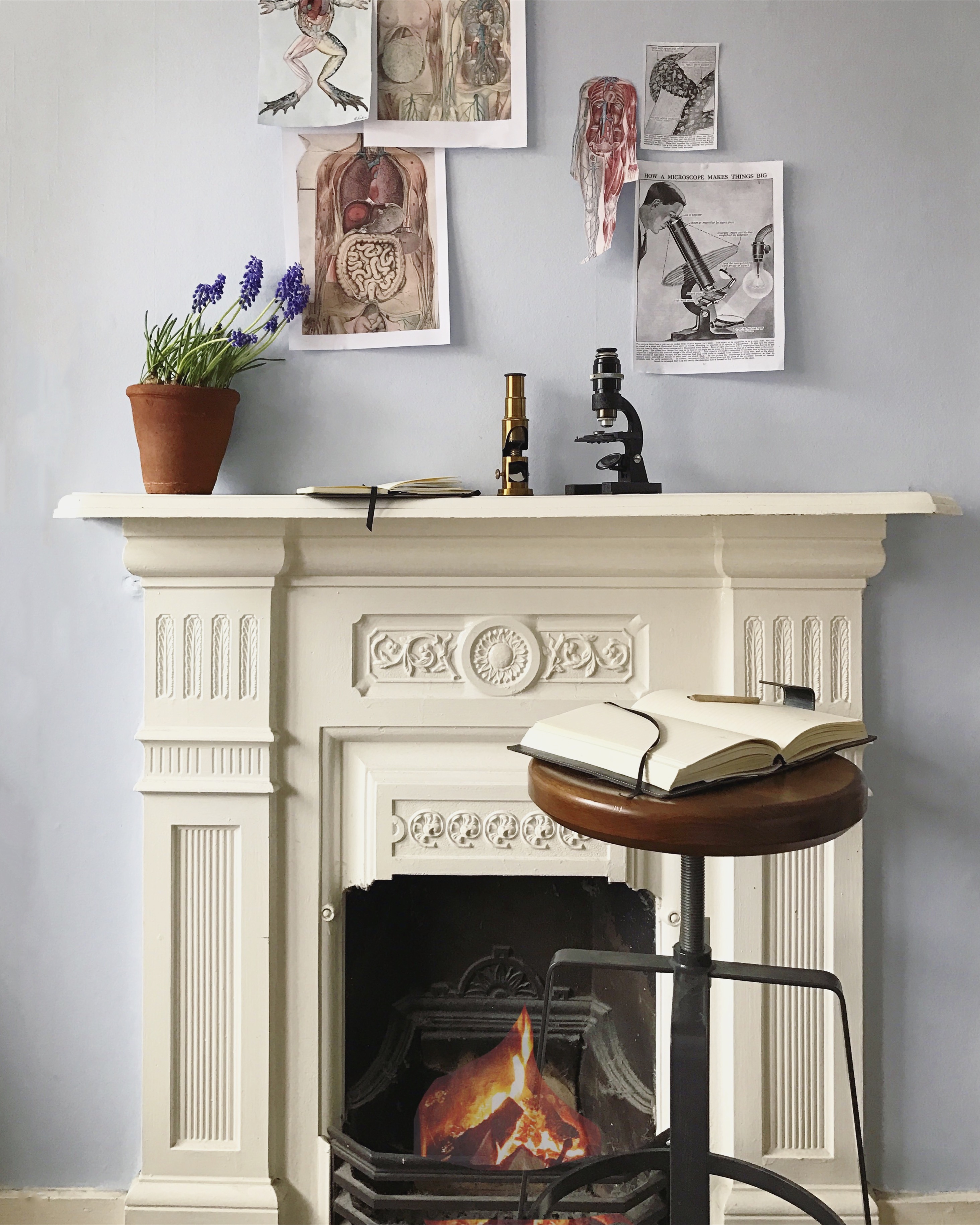
07 Apr Friday…The History of Modern Medical Science ( Part 1 )
At the beginning of this year I had a meeting with Professor Tilli Tansey to talk about working on a creative digital project connecting to The History of Modern Biomedicine…I was really excited as I’m fascinated about the connections to be found within science and art and also it’s not your usual Instagram project, so I jumped at the chance.
Tilli Tansey OBE is a Professor of the History of Modern Medical Sciences at Queen Mary, University of London, and for the last 5 years has been working on a research project funded by The Wellcome Trust, “The Makers of Modern Biomedicine: Testimonies and Legacy”, recording oral testimonies from people who have contributed significantly to modern medical science.
My job was to find a way to illustrate some of these testimonies visually; creating photographic compositions to share on Instagram, here and Steller Stories and create opportunity for more people to access and read about this research particularly at The History of Modern Biomedicine website. Over the next 3 weeks I will be sharing my photographic illustrations as well as a bit of background around them and what stories interested me.
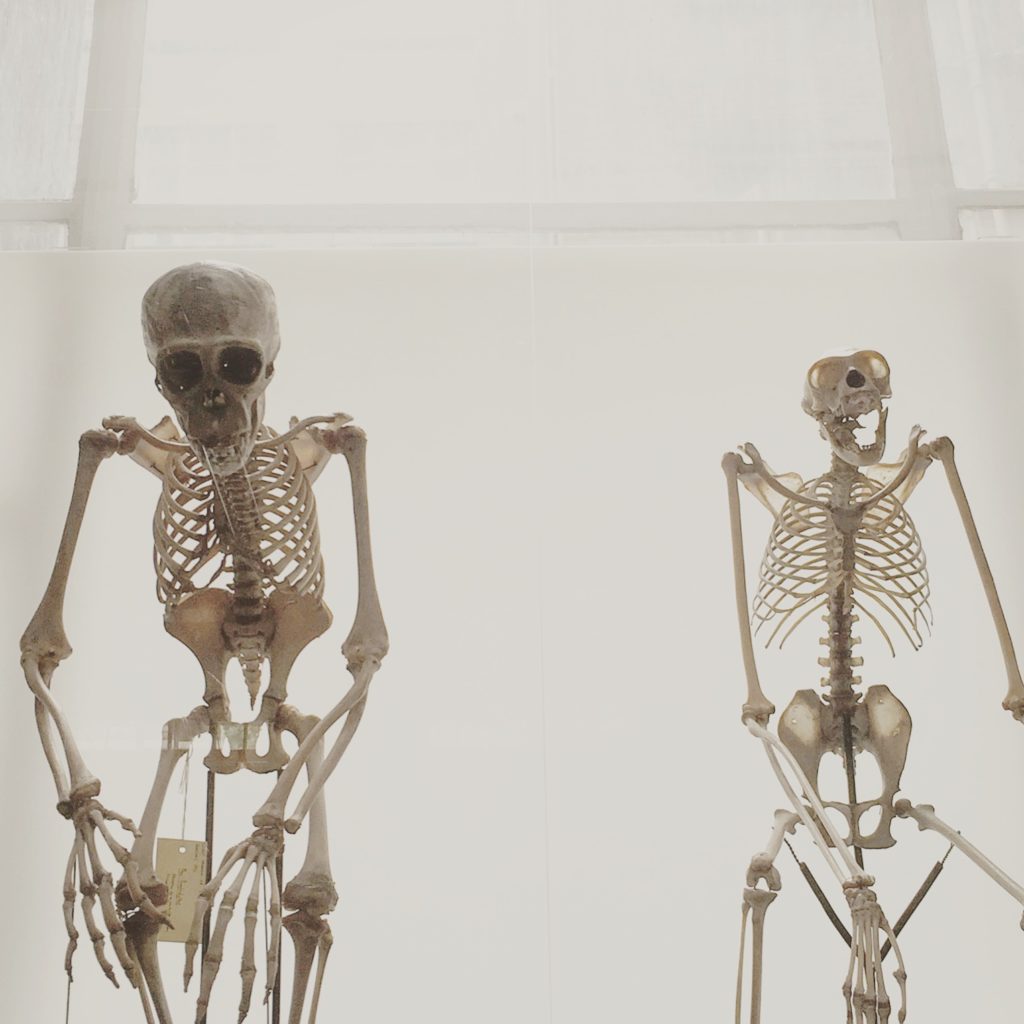
I read Volume 50 of ‘ Witnesses to Modern Biomedicine”, An A-Z’, to work out which stories sparked up images, or an interest which may provoke an image.
( You can read it by clicking on this link here and as it’s an A-Z you’ll be able to find the corresponding stories to the images I’ve created really easily ).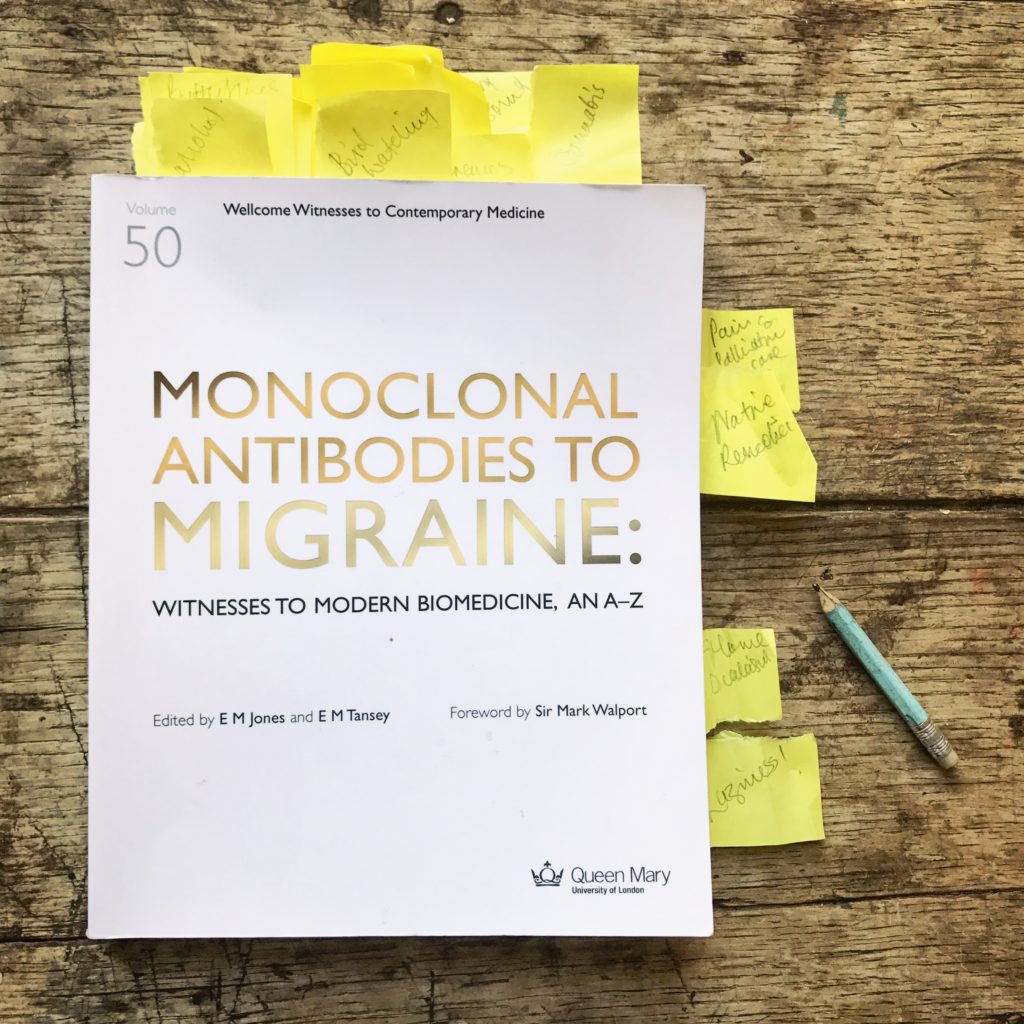
Some of my mother’s best advice to me, and she still says it, is that if you’re scared of something you have to make yourself become fascinated by it; look at it in detail, find the colours in it, understand exactly what it is, and even make a project out of it.
I remember desperately trying to heed that advice during my emergency c-section in Lewisham Hospital; trying to be really interested in what was going on rather than being scared by it…I have to say it wasn’t a massively successful task that night, but it did give me a focus!
So, knowing I have a tendency to be slightly squeamish ( which I wanted to overcome through gaining a more defined interest ) I started with some witness statements which, although quirky, did not freak me out completely and were actually incredibly interesting…
As some of the research has been put into an A-Z of witness statements, one of the first stories I discovered was…
Alcohol ( the witness statement below is by Dr Ivan Brown, psychologist )
In the 1970s we were looking at the effects of small amounts of alcohol on driving performance – this was before the breathalyser came in – and I set up an experiment around the streets of Cambridge. I was using the dual-task method for measuring peoples’ performance, giving them a subsidiary task to do as they drove around, and I set this up with a local car club. All car clubs met at a pub somewhere in Cambridge and we would go along and the people who volunteered would be there and I would say, ‘While I am telling you what I would like you to do, because we are developing this method of measuring drivers’ performance, would you like a glass of sherry?’ One of my colleagues, by the way, paid for the sherry, not the Medical Research Council, and I was able to do a proper experiment by treating the subjects, some of them to one glass of sherry, and some to two glasses of sherry. Naturally I had to join them, so it didn’t look phoney, and then we went out and ran the experiment. They would show that even after one glass of sherry there are ways of measuring small changes in drivers’ ‘reserve capacity’, as we called it at the time, but it was a bit naughty.
I found it fascinating to learn that research data had been obtained in such an informal way, and it seems that a lot of research over the years was obtained like that, and sometimes these methods got very useful results easily, whilst some of the basic research experiments have definitely been helped by progress…
Handkerchiefs and the Common Cold ( witness statements below from Sir Christopher Booth, gastroenterologist and Dr James Porterfield, Common Cold Unit )
Booth: The method you used in the early 1950s for measuring the severity of a cold was simply measuring the weight of a number of tissues was it?
Porterfield: Not so much weight as quantities. There were several different markers. How many handkerchiefs they used, whether they were sneezing and coughing; these would be recorded for each volunteer and then at the end of the trial these would be totted up.
Another piece of wise advice my mother always advocated from my late teens was to make sure I always booked that appointment for the thing which makes every woman I know shudder…the cervical smear!
How incredible then that this way of testing has proved so invaluable to women over the years and has become such an important part of identifying early cancerous cells. So it was incredible to learn that when these tests were first offered to women in 1964 there were actually no formal plans of how it should be done and basically every pathologist became responsible. However as the job was so time consuming the pathologists were willing to take on people with basic training, on a trial basis, during which time they were given no office and no desk. Professor Dulcie Coleman ( consultant cytopathologist ) remembers having to set up her microscope on the mantlepiece of the fireplace where she was left to get on with it.
Mrs Marilyn Symonds ( cytologist ) describes below how important the early cytoscreeners were:
To start with, we had people who were formally training to be laboratory technicians and then I think it was probably in the 1970s that we took on a group of women, mainly part-time, who became cytoscreeners. They were different to the people who were qualified with the Institute of Biomedical Science (IBMS); they didn’t have any formal qualifications, and they were often derided and called shopping-bag screeners, but they were absolutely fantastic at what they did. They were able to sit down quietly and concentrate and look at every cell that was being passed under the microscope, and I can say that that group of women now are nearly all retired, and it’s extremely difficult to replace them. The IBMS now think that we should have biomedical scientists with degrees and formal qualifications in cytology, but I can honestly say that on the whole they are not nearly as good at screening as those women from the 1960s and 1970s.
And so, on to the last witness statement for this week which is one which I found kind of jaw dropping, so much so that I had to Google it ( you can see an interesting wikipedia page about it here )…although by the time I had reached the ‘P’ section I was more interested in the stories than horrified..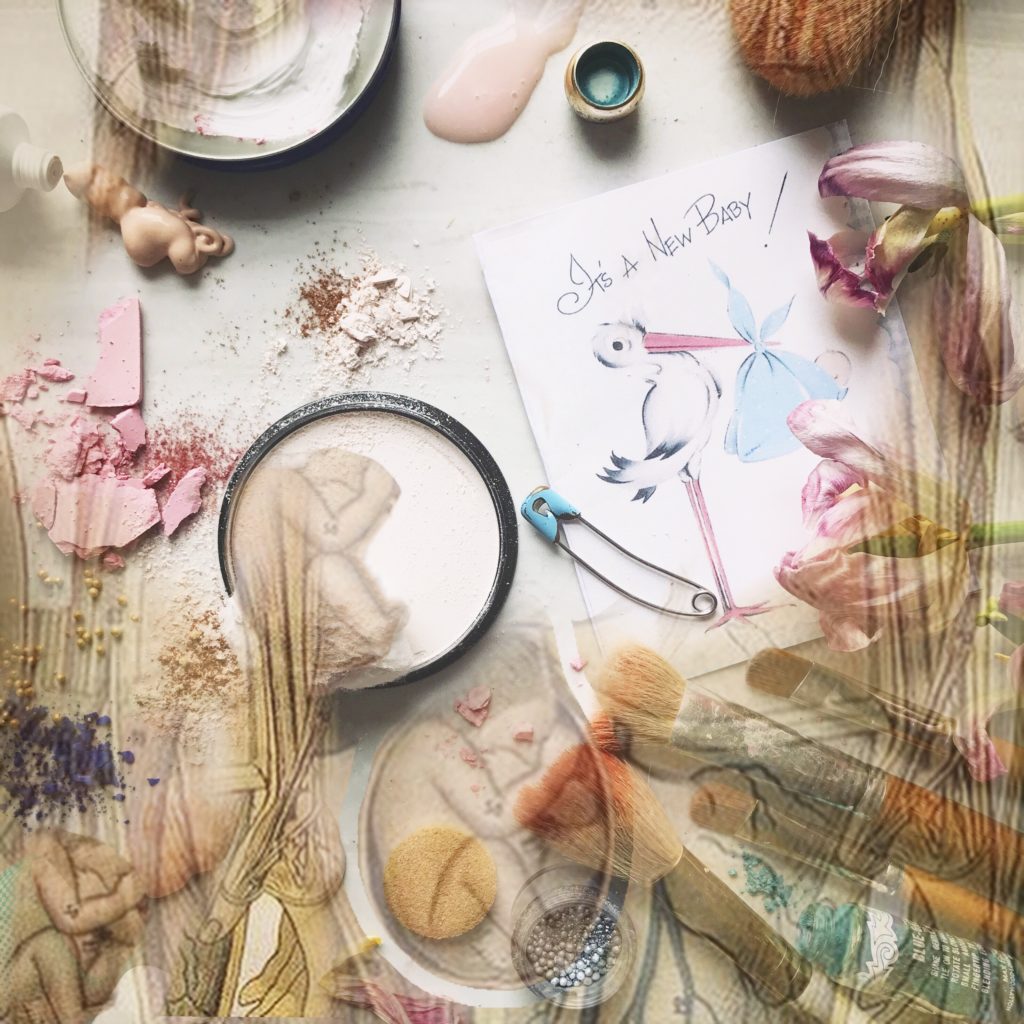
It was common practice, but not widely known, that maternity hospitals used to sell placentas for cosmetics. It was traditionally viewed by the midwives as a bit of a perk, and the money that was gained, I think in most hospitals, went into what was effectively a slush fund for midwives to use. It was only a small amount of money per placenta and I suspect the cosmetic companies made huge profits out of it. The important thing was that most women who delivered didn’t know that that was going to happen, and the hospitals were, in my view, unethical in not telling them. So when ALSPAC came along and wanted to take the placentas away, this was a potential barrier to the midwives’ participation. I’m not sure how we managed it, but we managed to pay 50p per placenta.
Next week I’ll share more images from the field trip I took to Wales, which was inspired by a lot of the Fieldwork and research which took place there.
You can look at the visual Steller Story version of this post with extra images from ’the cutting room floor’ here , my instagram posts here and some of my Pinterest inspiration for the whole project here.
You can also find out more about The Modern Biomedicine Research Group funded by The Wellcome Trust, on their website here , their Facebook page here , their YouTube Channel here and their Twitter account here.
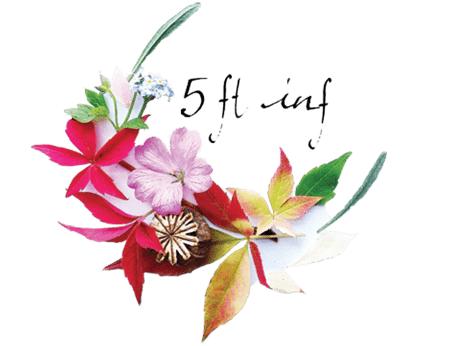


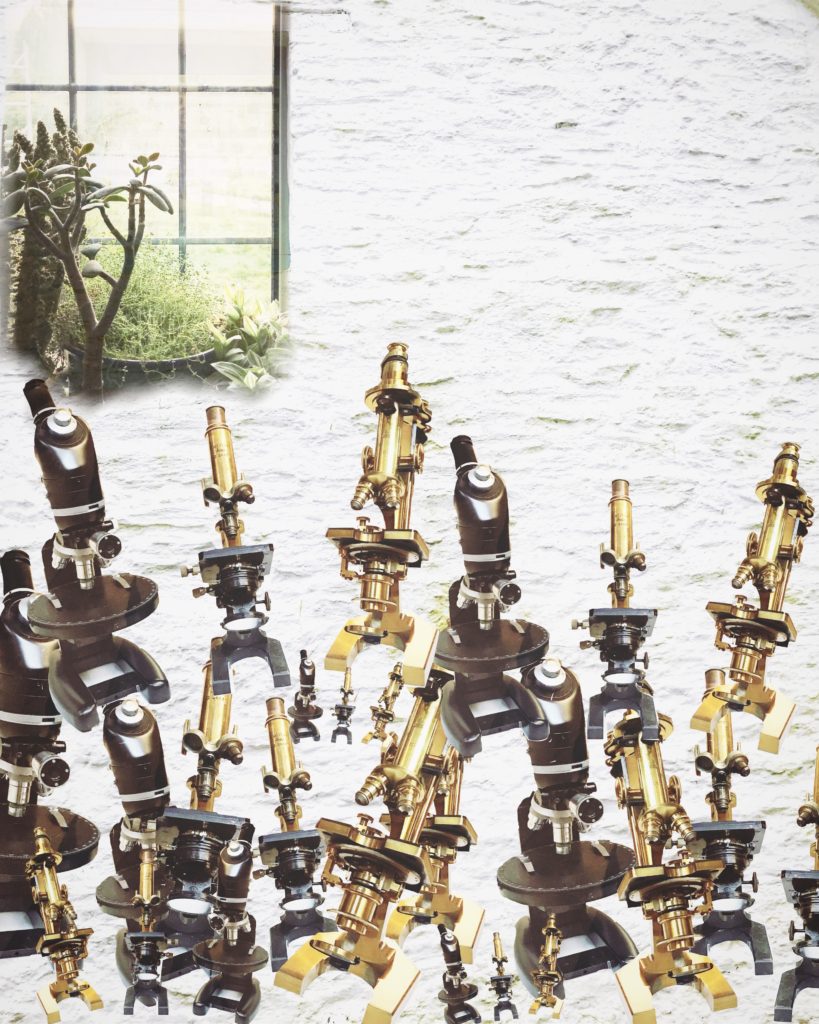
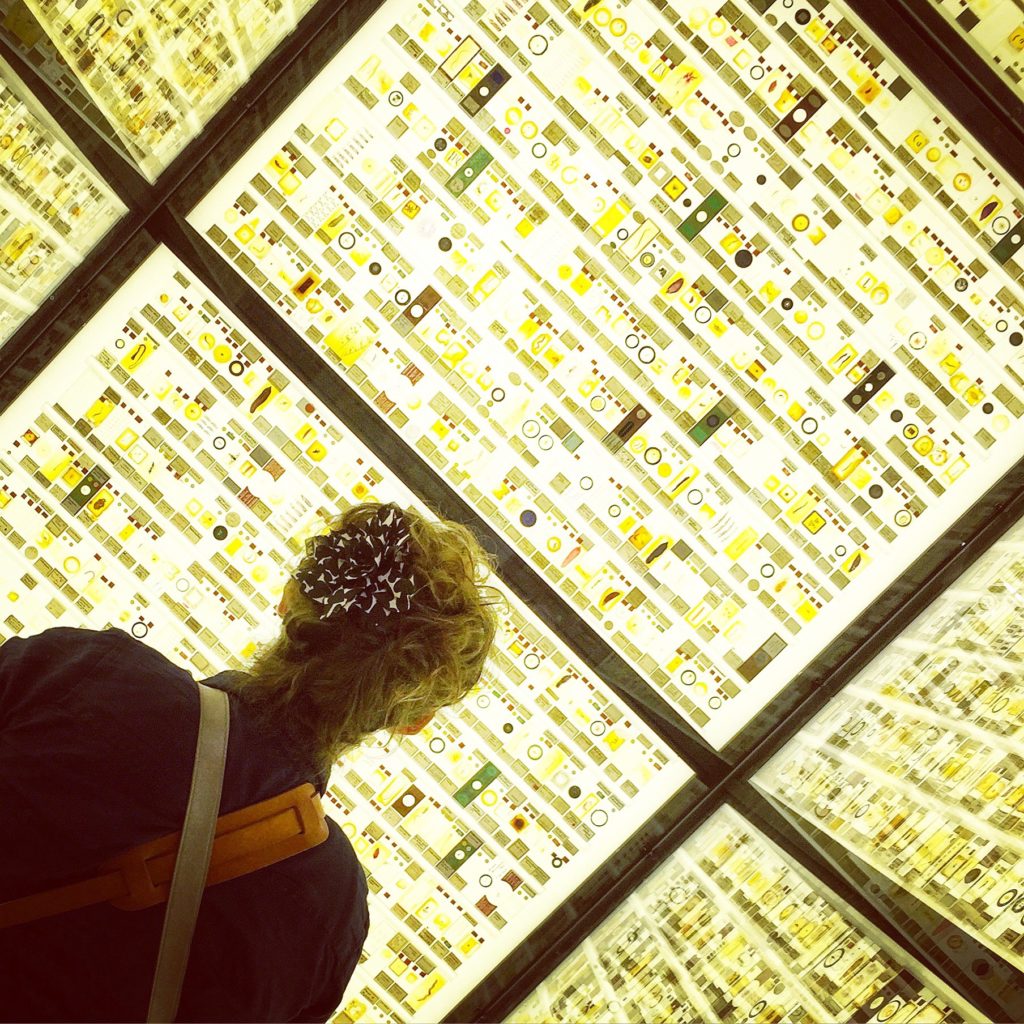
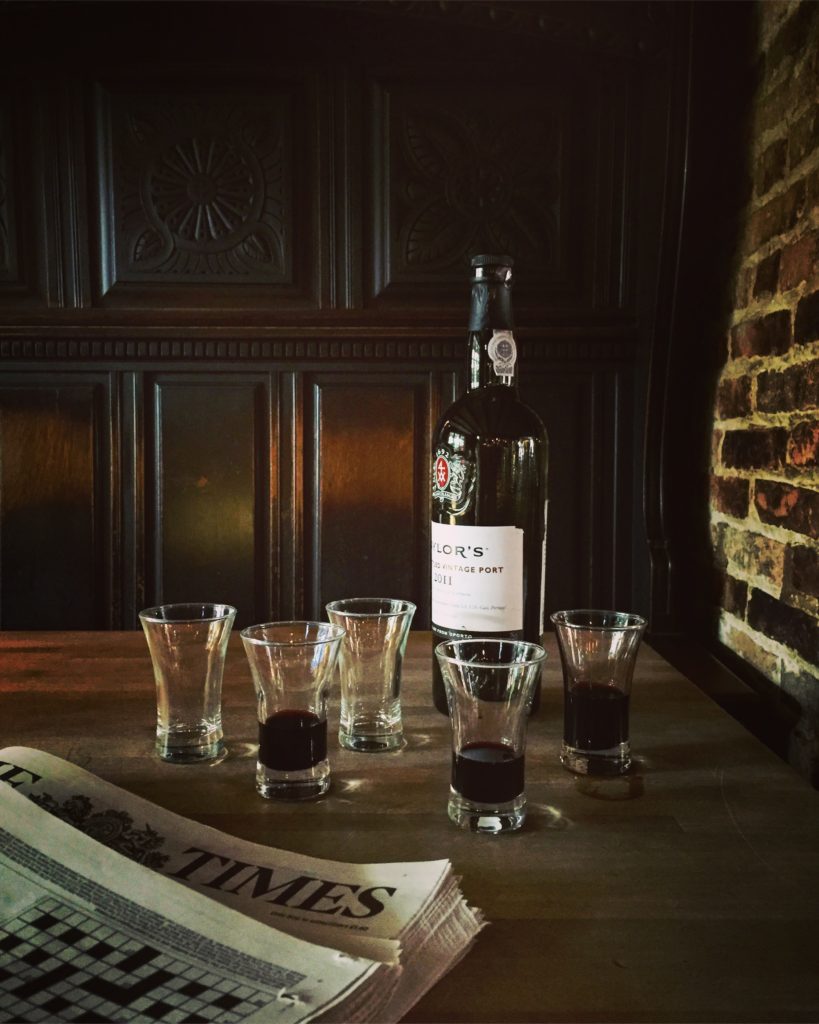
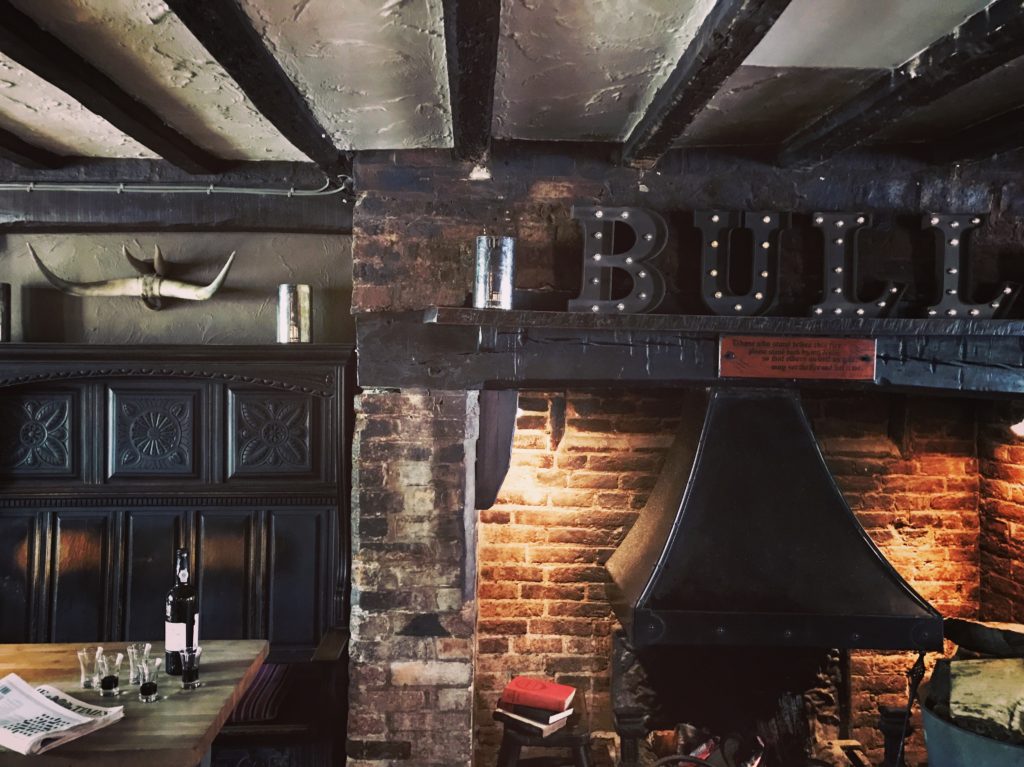
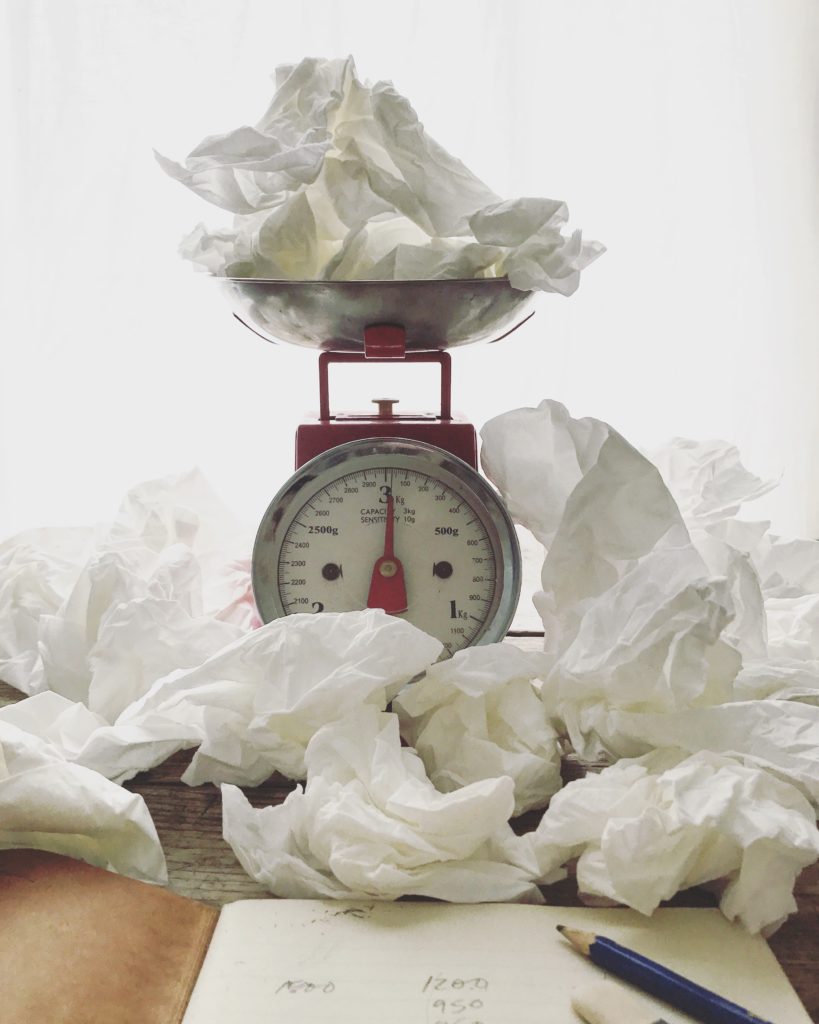
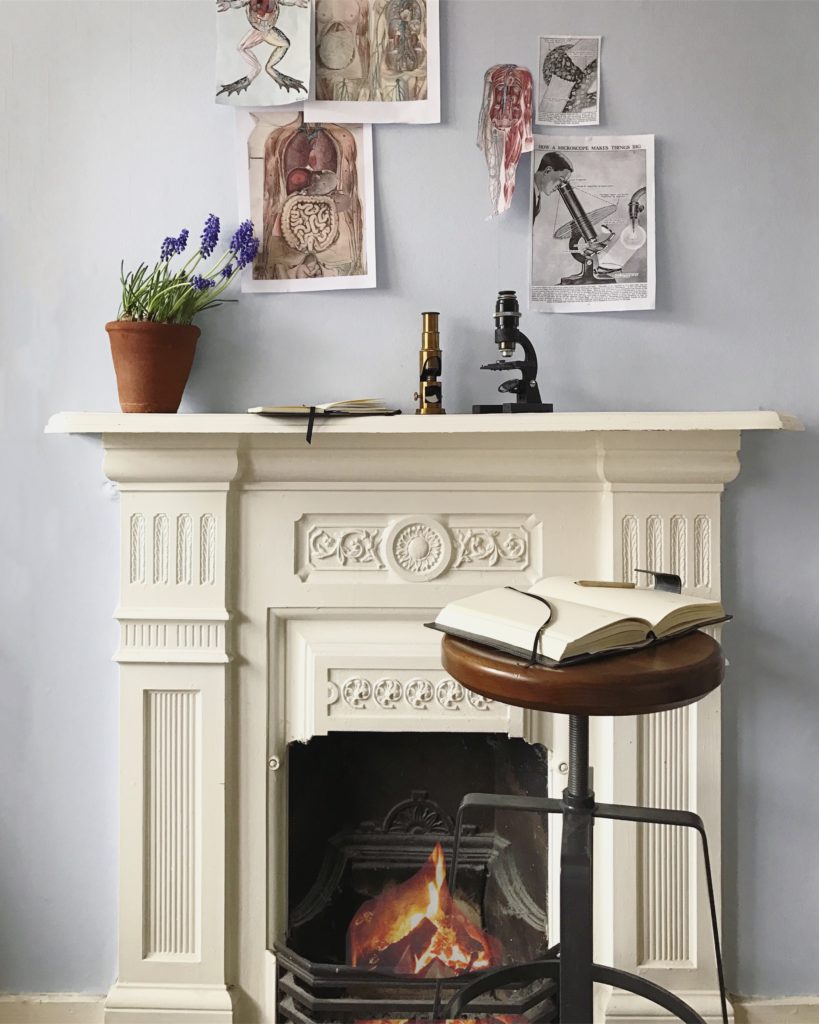
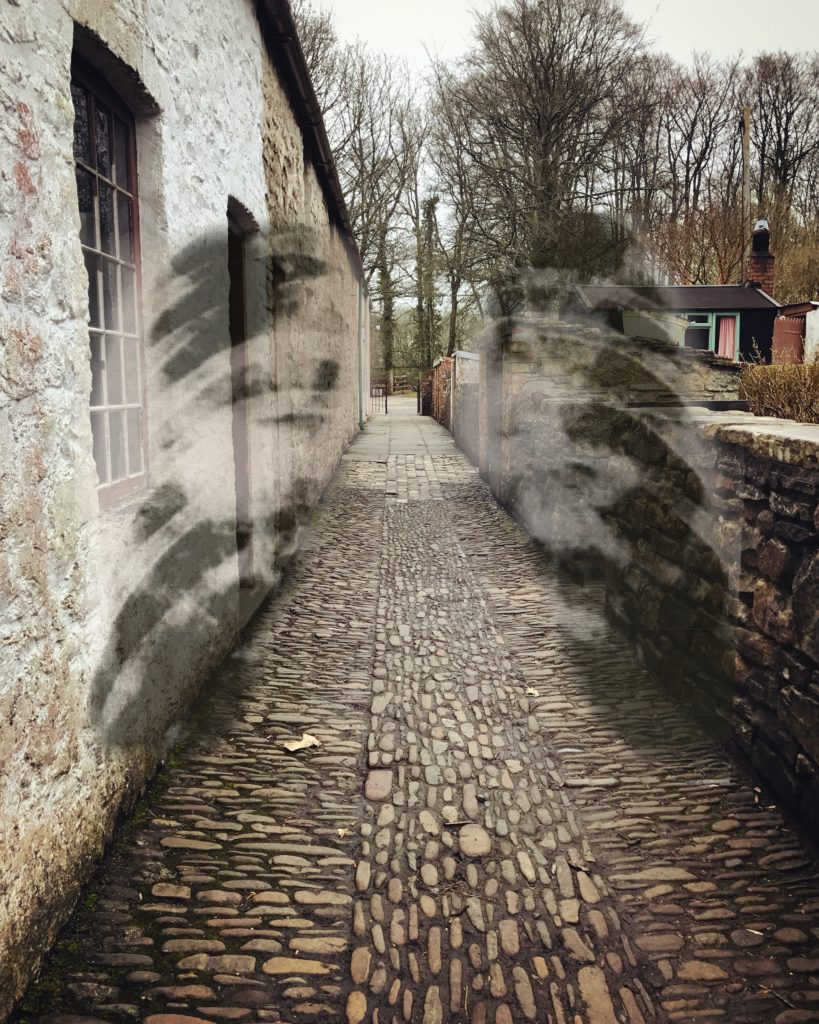
No Comments